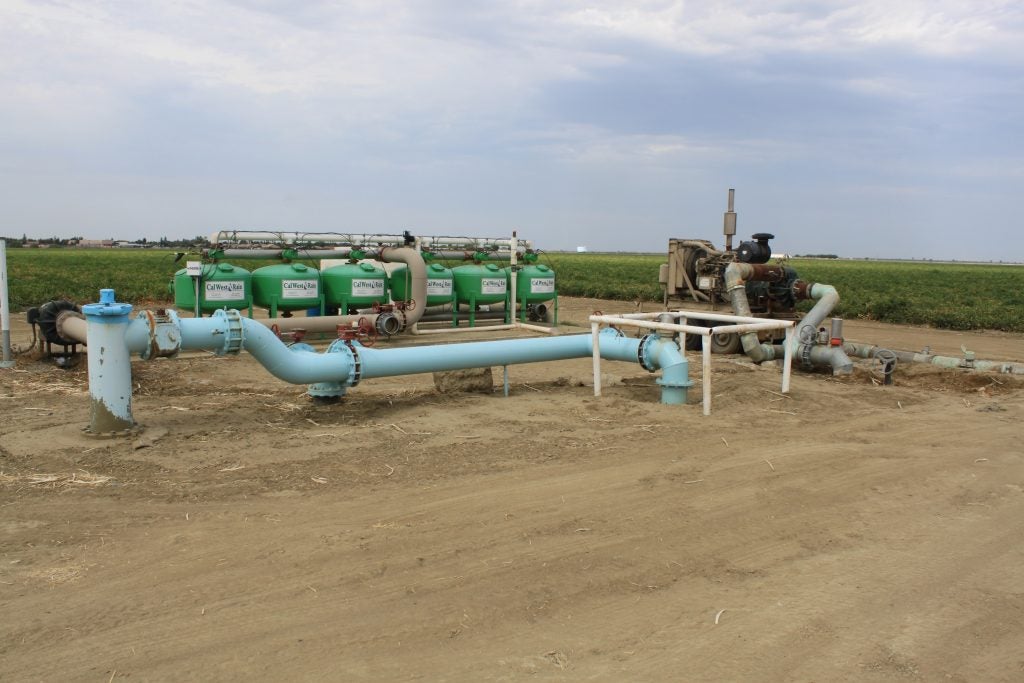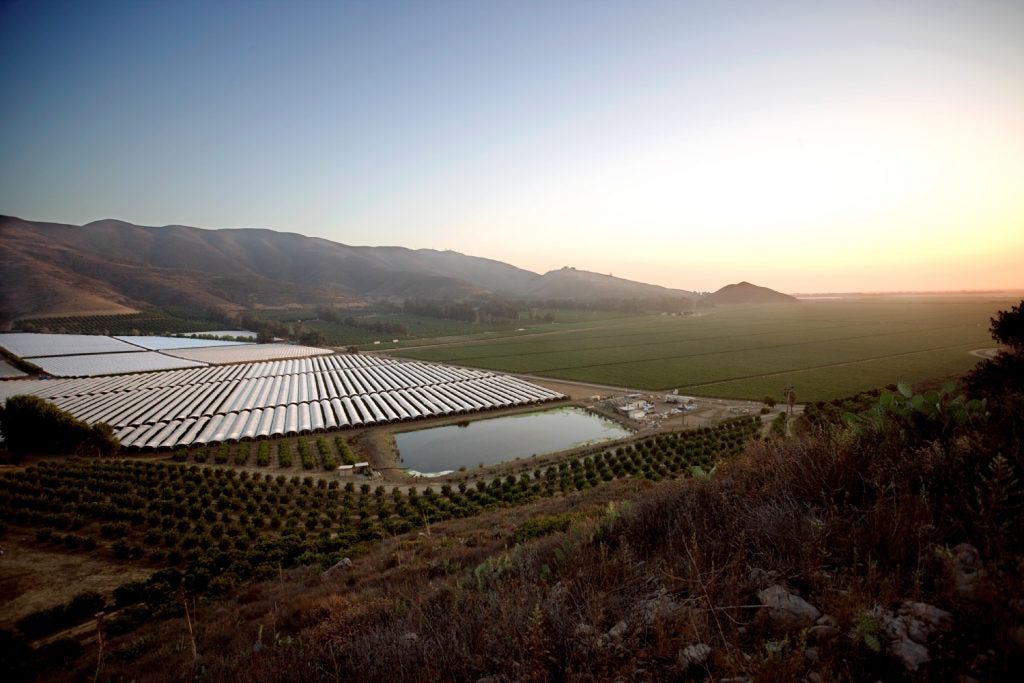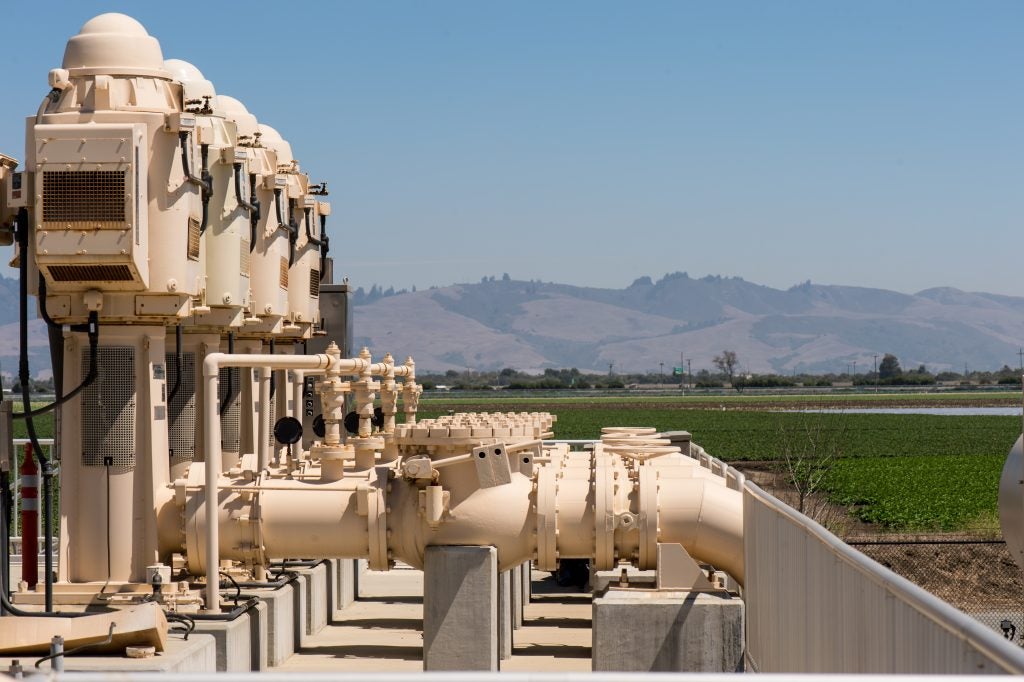This blog is co-authored by Tara Moran, president and CEO of the California Water Data Consortium.
As California grapples with another drought, farmers and water agencies will again lean on groundwater to offset declines in surface water supplies stemming from paltry snowmelt and corresponding low reservoirs and river flows.
However, there is at least one major difference from the last drought: Since then, more than 250 groundwater agencies have been created and have spent the last several years compiling data on their region’s groundwater supply and demand. To comply with the Sustainable Groundwater Management Act (SGMA) many groundwater agencies are now considering new tools to use this data to support groundwater management decisions.
Today, Environmental Defense Fund, the California Department of Water Resources, the State Water Resources Control Board and the California Water Data Consortium announced a partnership to scale one of these tools: an open-source water accounting platform. Here are three reasons why this announcement is so important. Read More












